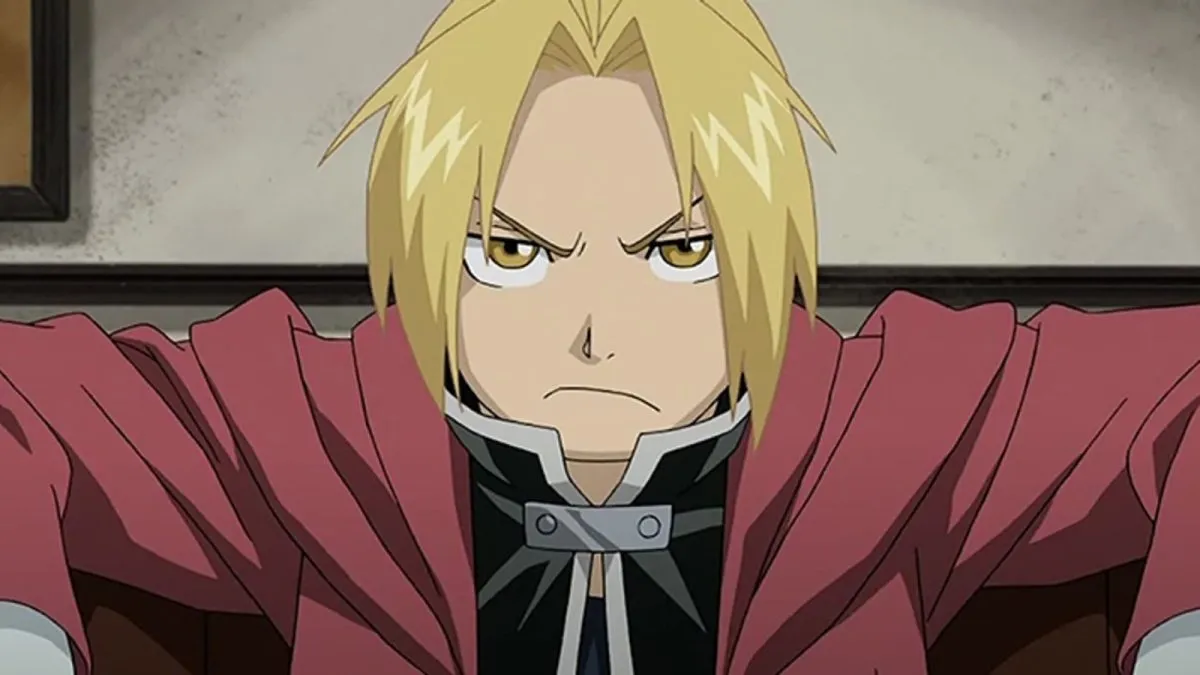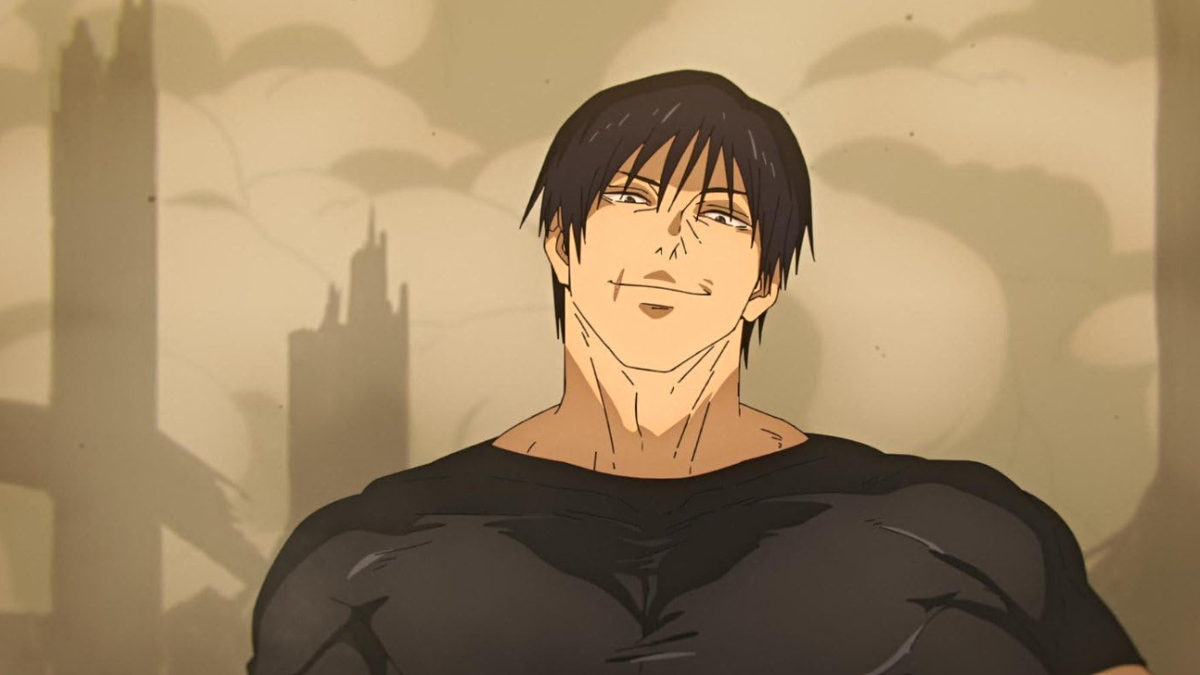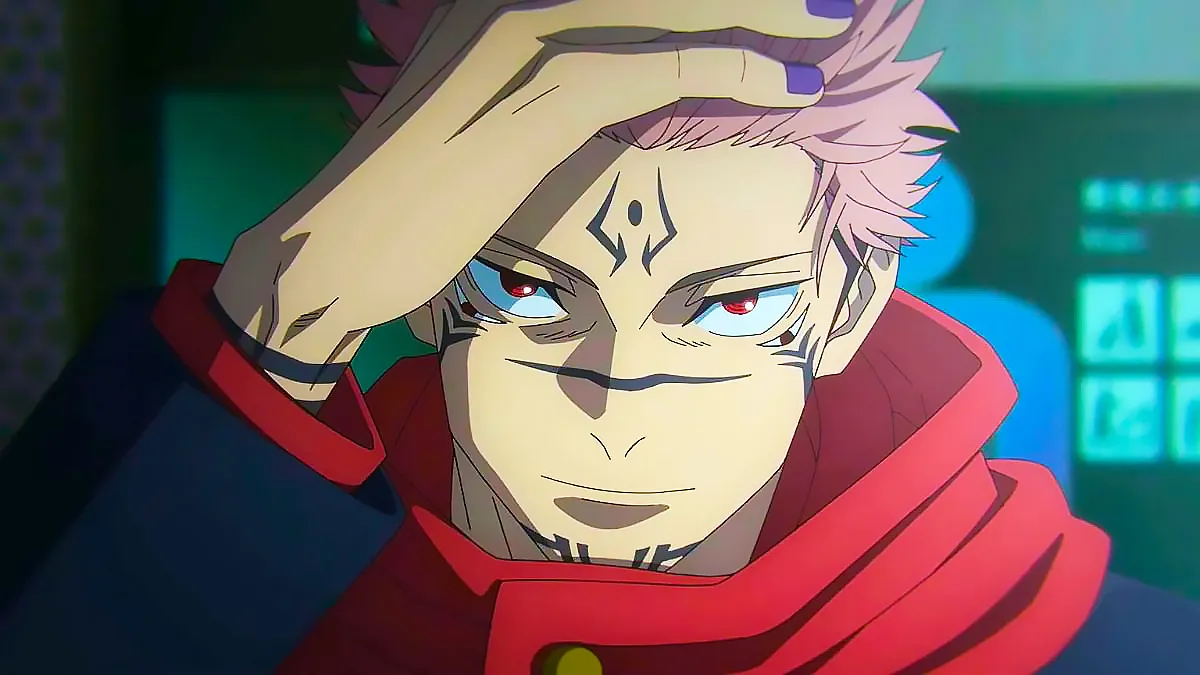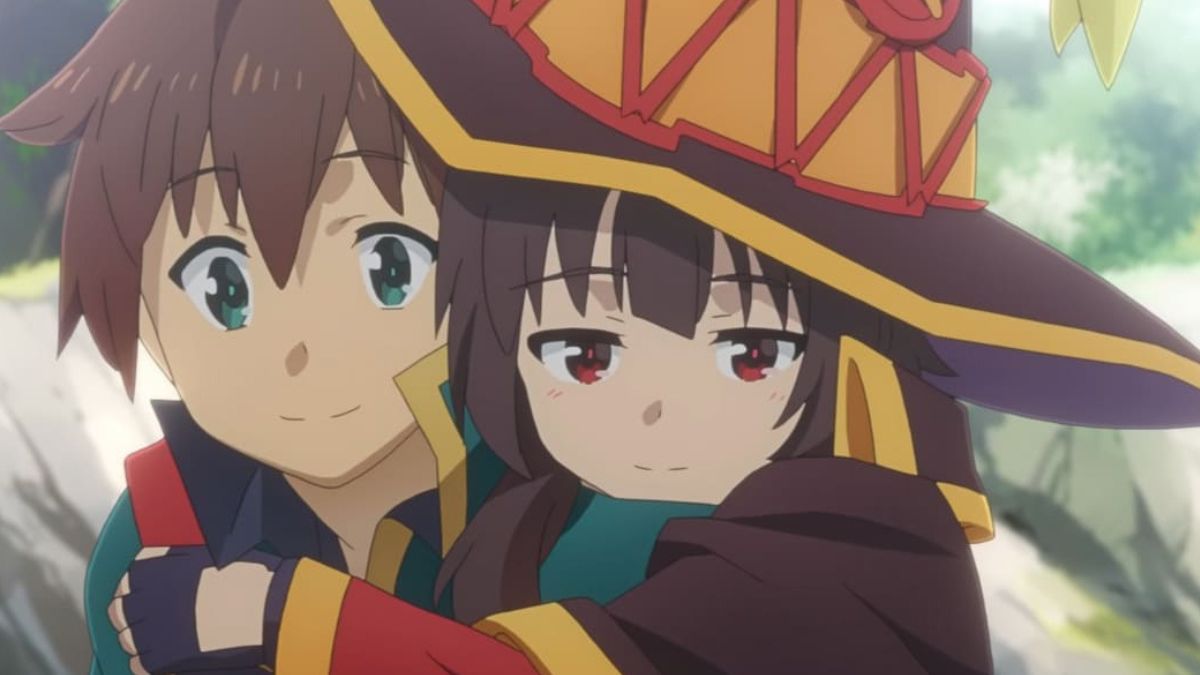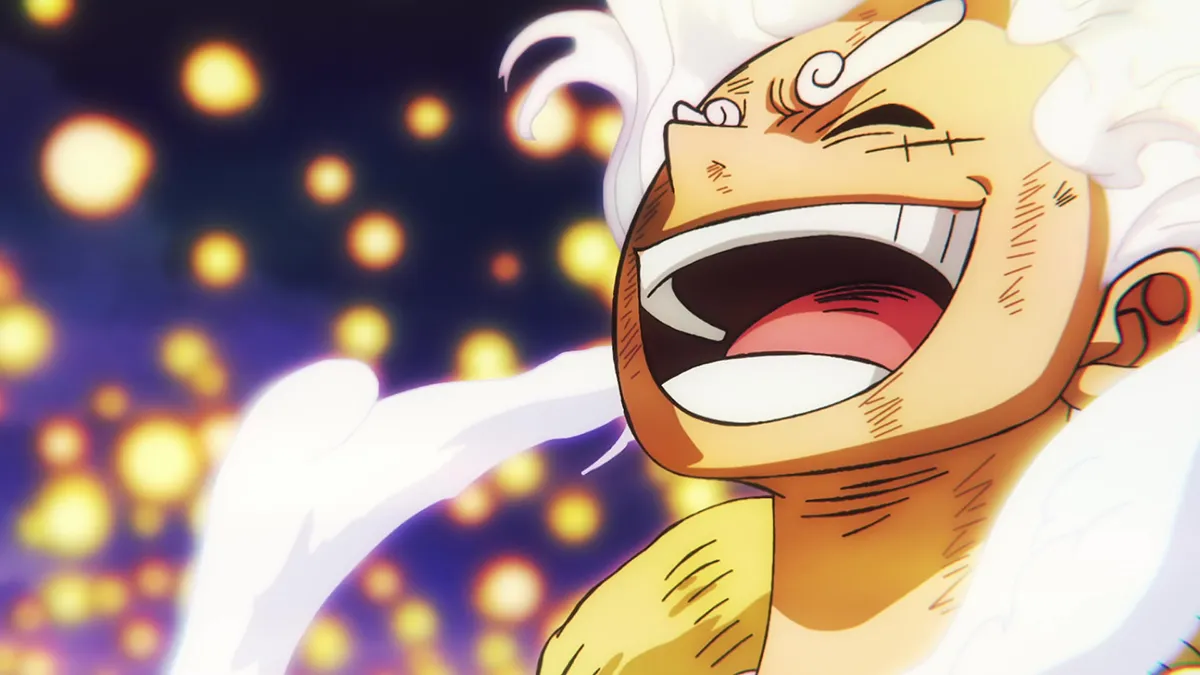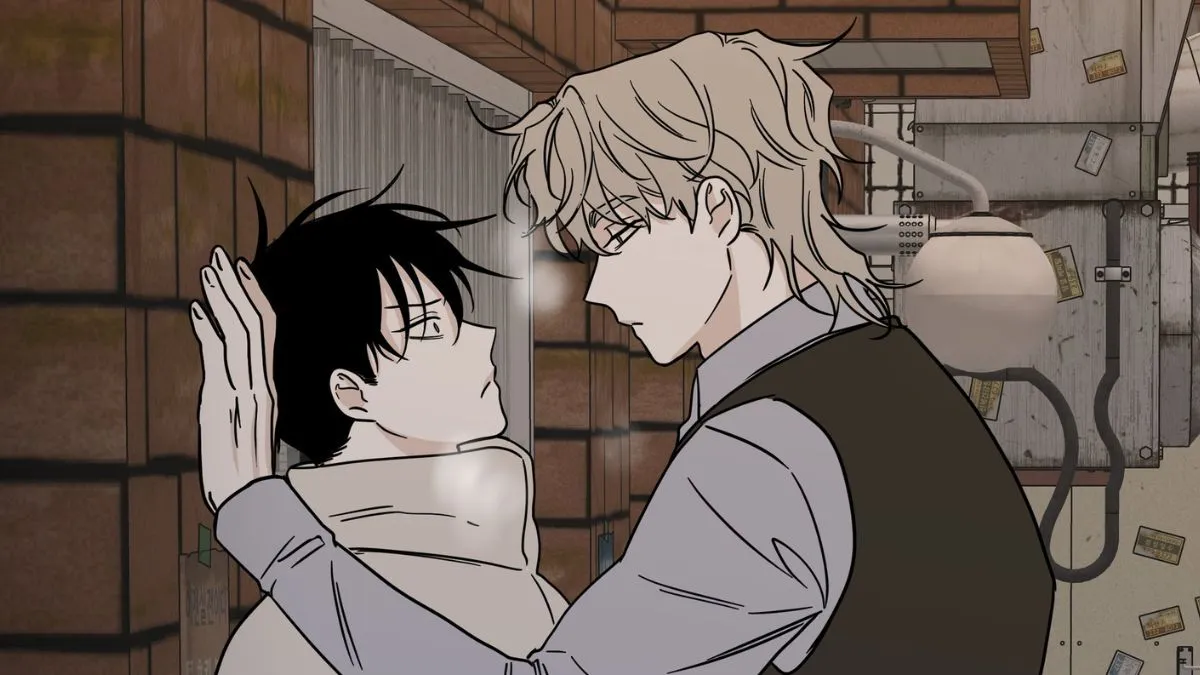While anime isn’t for everyone, the medium’s stimulating collection of original soundtracks is enough to rouse viewers to a fever pitch or give rise to an air of melancholy using songs imbued with poignance and longing. Depending on the sub-genre, anime soundtracks can inspire, motivate, or devastate. Regardless of which emotions these songs evoke, anime aficionados keep coming back for more.
Even if it’s enduring heartbreak, forbidden romance, epic skirmish, or everything in between, there’s always killer music to heighten the impact of the visuals. When jaw-dropping animation meets aesthetic composition, Japanese anime transcends mere storytelling and becomes a groundbreaking testament to modern technology and human capability.
Featuring some of the most successful and influential anime of all time, here are the most electrifying, heart-rending, and monumental soundtracks to exist in Japanese culture.
Attack on Titan
Along with the anime itself, the Attack on Titan soundtrack was released in 2013 and composed by Hiroyuki Sawano, who also worked on the musical scores for popular anime like The Seven Deadly Sins and Blue Exorcist. Featuring songs such as “The Reluctant Heroes,” “Eye-Water,” and “Army-Attack,” the Attack on Titan soundtrack — at least for the first season — saw Sawano collaborate with MPI, a vocalist and lyricist who has partnered with Sawano since 2008. MPI’s vocals can be heard during “Barricades” and “Call Your Name.”
Attack on Titan‘s soundtrack comprises several albums from Sawano, namely The DOGS, YAMANAIAME, and various iterations of Attack on Titan Original Soundtrack — with the numerics or wording altered to correspond with Season 1, Season 2, Season 3, and “The Final Season.” Considering the premise of Hajime Isayama’s dark fantasy anime, it makes sense that many of the Attack on Titan tracks prioritize heavy drum beats, raucous guitar solos, and an operatic choir as backup.
Cowboy Bebop
The infinitely popular Cowboy Bebop anime was accompanied by multiple soundtrack albums with a principal focus on jazz. These albums were collaboratively composed by Yoko Kanno and Seatbelts, a diverse band founded by Kanno. As an outlet for many of the Bebop tracks, the official Cowboy Bebop soundtrack begins with “Tank!,” the series’ opening theme. There are several other memorable tracks, such as “Bad Dog No Biscuits,” “Space Lion,” and “Too Good Too Bad.”
Shortly after the Seatbelts album was released in May 1998, a follow-up mini-album titled Cowboy Bebop Vitaminless was unveiled in June 1998, featuring the end-credits theme: “The Real Folk Blues.” In harsh contrast to the Attack on Titan soundtrack, Cowboy Bebop chooses a more mellow melody and appropriately utilizes the “bebop” sub-genre of jazz, which is distinguishable by its fast tempo and abrupt chord changes, to pay homage to the series’ title.
Jojo’s Bizarre Adventure
Jojo’s Bizarre Adventure, an anime adapted from Hirohiko Araki’s best-selling manga, focuses on the Joestar family through many generations, specifically between the 19th and 21st centuries. Members of the Joestar family are prophesied to defeat supernatural foes using the mysterious powers they possess, and all of their names can be abbreviated to “JoJo.” Within the Jojo’s Bizarre Adventure soundtrack, there are many fan-favorite scores, including the most famous of them all, “Stardust Crusaders,” which is the theme song for one of the Joestar brethren, Jotaro Kujo.
The theme became iconic because it would always feature as the prelude to a battle. The original soundtrack for Jojo’s Bizarre Adventure was collaboratively composed by Toshiyuki O’mori, Takatsugu Wakabayashi, and Kōhei Tanaka, who are all accredited singer-songwriters and musicians. Typically, the tracks comprise a polished brass section, some brazen guitars, and incorporate some funky backbeats.
Neon Genesis Evangelion
Most of Neon Genesis Evangelion‘s music was composed by Shirō Sagisu, who also had a hand in the original TV show’s three OST albums. In 1997, Sagisu received the Kobe Animation Award for “Best Music Score” — a well-deserved triumph. There have been umpteen remixes and compilations made using the Neon Genesis Evangelion soundtracks, resulting in 12 original soundtracks, four compilation albums, six studio albums, two live albums, and even a score for the Sega Saturn’s 1997 video game Neon Genesis Evangelion: 2nd Impression.
Japanese singer Yoko Takahashi was responsible for performing “A Cruel Angel’s Thesis,” which would become the opening theme song for the series, and Bart Howard’s “Fly Me to the Moon” was used for the ending theme, performed by various vocal artists. Other songs include “Tamashii no Refrain,” used in Evangelion: Death and Rebirth; “Thanatos -If I Can’t Be Yours-,” used in both Death and Rebirth and The End of Evangelion; and “Beautiful World,” used in the Rebuild of Evangelion series of films. Most Neon Genesis Evangelion tracks feature violin, piano, and guitar, which combine to create a classic harmony that borrows from Japanese scales.
Death Note
The soundtrack belonging to the most influential anime of all time was composed by Yoshihisa Hirano and Hideki Taniuchi; tracks 1-18 were composed and arranged by Taniuchi, while tracks 19-28 were composed and arranged by Hirano. Additionally, the opening and ending themes were sung by the Nightmare, a Japanese rock band from Sendai, consisting of lead singer Yomi, lead guitarist Sakito, rhythmic guitarist Hitsugi, bass guitarist Ni~ya, and drummer Ruka.
Their songs “The World” and “Alumina” in the Death Note anime helped them gain international recognition, and Nightmare have been considered huge influences on the visual kei (elaborate hairstyles and make-up) scene. The Death Note tracks are compiled into Death Note Original Soundtrack I, II, and III, including songs like “Death Note,” “Black Light,” and “Confrontation.” There are also albums dedicated to the Death Note TV drama and Netflix live-action film.
Ghost in the Shell
Music for the anime series Ghost in the Shell: Stand Alone Complex was composed by Yoko Kanno, who also worked on Cowboy Bebop and its live-action adaptation, Darker than Black and Terror in Resonance. Kanno is the frontwoman for the aforementioned Seatbelts, and she was also responsible for composing the soundtrack to the two OVA films, The Laughing Man and Individual Eleven, and the TV film Solid State Society. “Velveteen,” “Home Stay,” and “Where Does This Ocean Go?” are just a few examples of tracks featured on Stand Alone Complex‘s OST.
Additional soundtracks are titled the following:
- Ghost in the Shell: Stand Alone Complex “be Human”
- Ghost in the Shell: Stand Alone Complex O.S.T. 2
- Ghost in the Shell: Stand Alone Complex O.S.T. 3
- Ghost in the Shell: Stand Alone Complex – Solid State Society O.S.T
- Ghost in the Shell: Stand Alone Complex CD-Box
The latter of these soundtracks included both music from the anime’s two seasons and Solid State Society. Kanno’s music has an ambient, new-age feel to it that suits the futuristic theme of a post-modern Tokyo in Ghost in the Shell.
Pokémon
There are way too many individual tracks used in the countless episodes and feature-length films in the Pokémon franchise to name each one separately, so for the sake of this list, we’re focusing on the Pokémon feature-film soundtracks. Pokémon: The First Movie was a game-changer for Satoshi Tajiri and his friend Ken Sugimori’s world-famous creation, which saw unfathomable success in 1999 after switching from the small-screen anime to the big-screen blockbuster.
There isn’t just one composer to credit for the First Movie soundtrack since there were over 100 musicians cooperating on its development. While some songs didn’t feature in the movie or the short Pikachu’s Vacation, the craftsmanship needed to reduce an audience to tears with songs like “If Only Tears Could Bring You Back” is no small feat. None of us could ever forget Pikachu mourning Ash’s loss after the battle against Mewtwo, one of the most heart-wrenching animation sequences to ever come from Japan.
Other soundtracks used in Pokémon films, such as Pokémon Ranger and the Prince of the Sea: Manaphy Music Collection and Pokémon The Movie: The Power of Us OST, were composed by enormous talent like Ed Goldfarb. He worked on the Pokémon anime in the music department, and Shinji Miyazaki, who contributed to the Pokémon film soundtracks from 1997 to 2019.
One Piece
Another beloved anime, One Piece, has some of the most distinguishable music in all of Japanese culture. Based on the manga of the same name by Eiichirō Oda, One Piece has made over 100 musical CDs. Many theme songs and character songs were released on 51 singles, while many others were compiled on either the eight albums or 17 soundtrack CDs — including background music from the anime, feature films, and video games.
Kohei Tanaka and Shirō Hamaguchi are mainly responsible for One Piece’s anime soundtracks, including OVAs, TV specials, and films, all except One Piece: Film Gold, which was composed by Yuki Hayashi — all with help from several other artists. With over 50 albums, theme songs, and nine compilation albums, One Piece has one of the most extensive libraries to exist in Japanese animation, which led the franchise to greater heights, as it often stood out for its music, which Anime News Network describes as the “usual mix of trumpeting pirate bombast, rocking action music, and catchy individual themes.”
Naruto
Many of Naruto‘s compositions are the result of masterful artistry by Yasuharu Takanashi, a prolific composer and arranger for anime series and video games, who also worked on Fairy Tail, Log Horizon, Shiki, Hell Girl, and Record of Ragnarok. Otherwise, MUSASHI PROJECT and Toshio Masuda can be credited with composing the Naruto OST, which includes songs such as “I Said I’m Naruto,” “Naruto’s Daily Life,” and “Need to Be Strong.”
Individual songs like “Re:member,” which was used as the eighth opening theme song for Naruto, were borrowed from Japanese rock bands such as Flow, whose music has been featured in the opening sequences of many anime series. Not many anime series can boast music as emotional and consistently exceptional as Naruto, so it shouldn’t be too unexpected that the visualization of Masashi Kishimoto’s manga would be included among the greats. If there were ever any denial about how impactful Naruto‘s soundtracks can be, the countless covers on YouTube should prove the point.
Fullmetal Alchemist: Brotherhood
Having worked on classics like Mobile Suit Victory Gundam and Rampo, Akira Senju composed the entirety of Fullmetal Alchemist: Brotherhood‘s OST, which contains songs like “Laws of Alchemy,” “One is All, All is One,” and “Trisha’s Lullaby.” As the name suggests, Fullmetal Alchemist features some “full-metal” music influenced by heavy metal and grunge sounds. The music has a rigid, almost militaristic sound, which pumps up an audience much more than the music from its predecessor, Fullmetal Alchemist (2003).
There are many more drum beats, reminiscent of war drums used by Native American nations, that give Brotherhood its distinctive late 1960s-1970s rock feel. While the music from Fullmetal Alchemist (2003) reflected emotions and built itself around the story and characters, Brotherhood has several tracks that produce the opposite, jarring effect on an audience in stark contrast. Either way, each soundtrack caters to its own needs within the narrative, whether that calls for heartbreak or a rush of adrenaline.
Your Name
Though not a series, this entry deserves special recognition on this list. Radwimps’ incredible soundtrack to the 2016 film Your Name chronicles a wide variety of emotions and situations in such an amazing way that it is impossible not to get swept up in the atmosphere and fall under its spell. As its centerpiece, Radwimps’ spectacularly arranged and performed “Sparkle” serves as the ultimate example. It is an enchanting song that is a perfect mesh of hope and dreams. Throughout the song, the soft piano notes flutter against a wall of an orchestral symphony, which is the ideal embodiment of a near-perfect universal experience of witnessing the stars fall, seeing the album artwork come to life, and experiencing nearly everything you can imagine.
Although it’s an agreeable point that most of the tracks in the film are generic, it is rare to find soundtracks that perfectly blend cliches upon cliches so that they create perfect images and moods in an instant. In the end, the argument sounds a little silly and nitpicky since there is little sense of filler or drag in the tracks. It is clear that the soundtrack is a perfect complement to the film and carries a lot of magic, emotion, and energy. Even without watching the movie, you can discern every detail of the instruments and how they contribute to the soundscapes.
Kill La Kill
Kill La Kill combines excellent characters, an exciting story, and a thrilling soundtrack composed by Hiroyuki Sawano. With a multitude of different musical styles, the OST for Kill La Kill has plenty to choose from. There is a mixture of rock, pop, classical, and even some dance tracks. Considering all the different sounds, you might think the soundtrack sounds chaotic. The soundtrack for Kill La Kill is unique in that Hiroyuki Sawano has carefully incorporated these sounds to give the anime a sense of place and provide endless enjoyment for the listener. It consists of eighteen songs, six of which are vocal, and the rest are orchestral or instrumental. The opening track, “Before My Body Is Dry” by Miku Kobayashi, mixes rock and rap together in a memorable way.
There isn’t a single track on the soundtrack to skip, or that feels like it doesn’t belong with the anime, and the soundtrack is easy to listen through. There are several standout tracks on the album, including “Before My Body Is Dry,” “I want to know,” “KILL7la切ル,” and “Light your heart up.” The album has a wonderful blend of vocal tracks as well as instrumental tracks. There are two excellent opening themes. Both give the energy and excitement expected in an opening theme, especially the first. In addition, they both include great opening visuals as well. There are a variety of music genres in the soundtrack that complement and enhance any scene, no matter whether it’s drama, comedy, or high-intensity drama. It is a soundtrack full of suspense and energy and an undoubtedly impressive achievement.
FLCL
A lot of credit for this soundtrack goes to a Japanese band named The Pillows. It is essentially a deep cut of the band’s backlog, which made it into the FLCL soundtrack during its initial run in 2000-2001. As a rock band since 1989, The Pillows have demonstrated that rock music can be profoundly moving and fun. On the two OSTs, The Pillows perform full songs as well as edits/remixes of songs from their three albums, Little Busters, Runners High, and Happy Bivouac. In particular, The Pillows composed a song especially for the show: “Ride on shooting star.” The song is a frantic blast of drive and enthusiasm from start to finish, not stopping for breath.
The country-rock “Crazy Sunshine” and “Funny Bunny” are among the best of what they have produced, while classics like “Little Busters” and “Hybrid Rainbow” can hardly be missed. Shinkichi Mitsumune’s pieces play a significant role in the soundtrack, complementing areas where a full rock arrangement would not be appropriate. It ranges from acoustic guitar and piano numbers to electronica dance pieces, all of which are well executed. Music like this lends itself so well to scenes and plots in anime that it’s hard to separate the two once they’re interwoven. It’s addictive and emotional. With their brand of inviting pop punk, The Pillows made FLCL seem more cohesive and emphasized a certain rebellious spirit that both characters and viewers could relate to.
Mahou Shoujo Madoka★Magica (Puella Magi Madoka Magica)
Mahou Shoujo Madoka★Magica ranks among the most popular and emotional shows of its genre. There’s no doubt you’ve heard of Mahou Shoujo Madoka Magica or Puella Magi Madoka Magica in English, even if you’ve never really paid attention to magical girl anime. A show’s atmosphere is largely determined by its music. To reflect the tonal shifts in the narrative, the Madoka OST is crafted with a powerful blend of modern rock and religious symbolism (“Credens Justitiam”) and sugary pop music (“Connect”) to dark guitar melodies (“Magia”).
OST tracks have Latin titles, indirectly referencing the show’s Catholic roots. Despite the soundtrack’s diversity, you’ll see that it’s tied together by recognizable themes and a perfect thematic match with the story, which are instantly identifiable. Using layered, nuanced orchestrations and strong themes, composer Yuki Kajiura crafts an immediately engaging soundscape. Don’t let the cutesy art and images on the album cover or promotional images for Madoka Magica discourage you from exploring the series or its score in particular. Continually engaging and often stirring, Madoka is a piece of anime musical art based on Gothic, romantic, experimental, contemporary, and tonal styles. In the end, this is an anime score that fans of the genre as well as casual listeners, will enjoy.
Samurai Champloo
Samurai Champloo features chilled-out hip-hop rhythms that juxtapose perfectly with the epic scenes, mixing action-packed bushido with lyrical reflections by Nujabes and Fat Jon. Champloo shook millennials out of their slumber to hear “Battlecry” on Adult Swim at 3 a.m. With Shing02’s offbeat rapping, a dreamy synthesizer and breakbeat rhythm, and discordant piano notes drifting over the music, “Battlecry” imparts a transcendent peace. “The Space Between Worlds” captures the impassivity and melancholy of time through sound. “Just Forget” combines nostalgia with reminiscence. “Shiki No Uta,” the final track, features Minmi’s angelic vocals over a piano-driven beat that is both refreshing and freeing.
Even if it’s just for the music, you should check out Samurai Champloo. Nujabes was one of the most legendary music producers, and it’s tragic that he passed away in 2010 at the age of 36. In many ways, Nujabes is the godfather of low-fidelity hip-hop, and his musical style has influenced generations of musicians. He was far ahead of his time. There is far less awareness of the true innovation he made by combining hip-hop and jazz. In Samurai Champloo, Nujabes’ trademark style is clearly evident throughout the soundtrack. It is without a doubt that his music is unlike anything you have ever heard in anime before.

